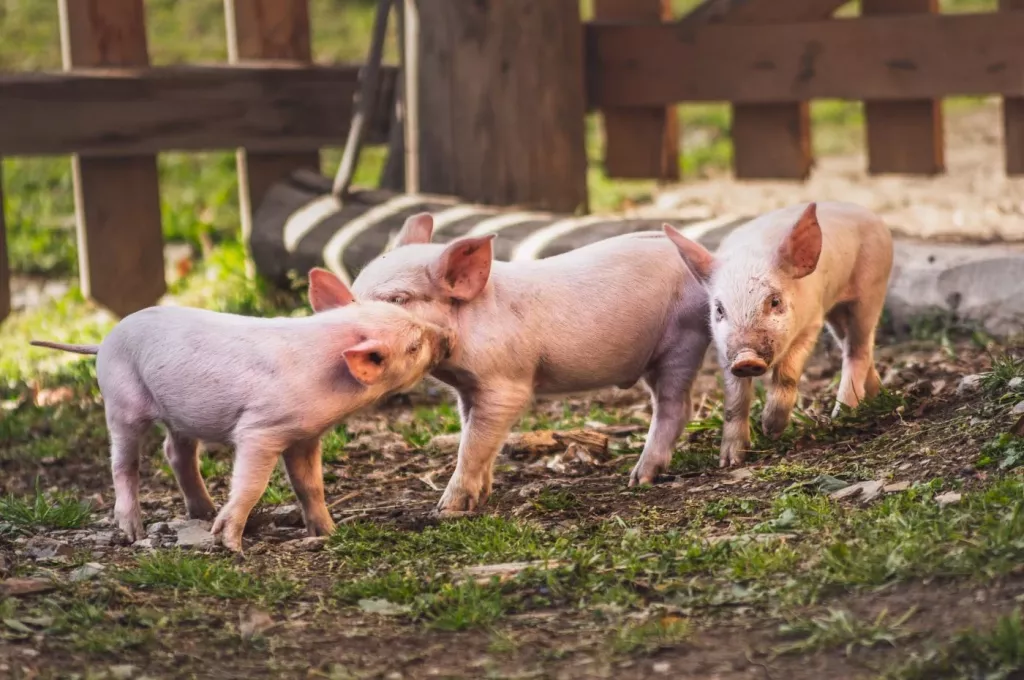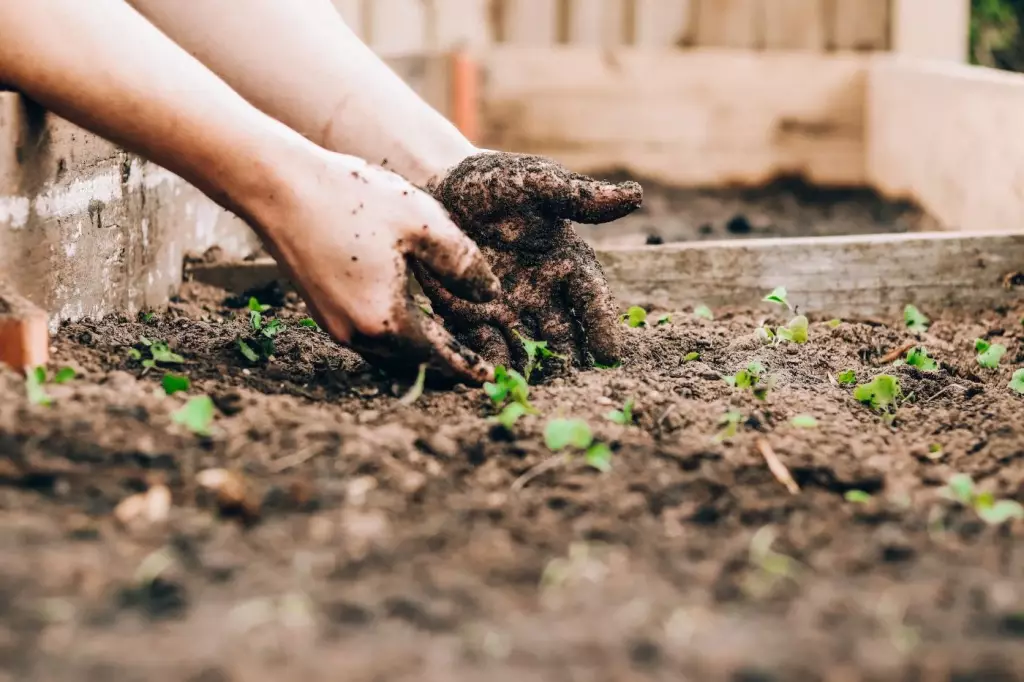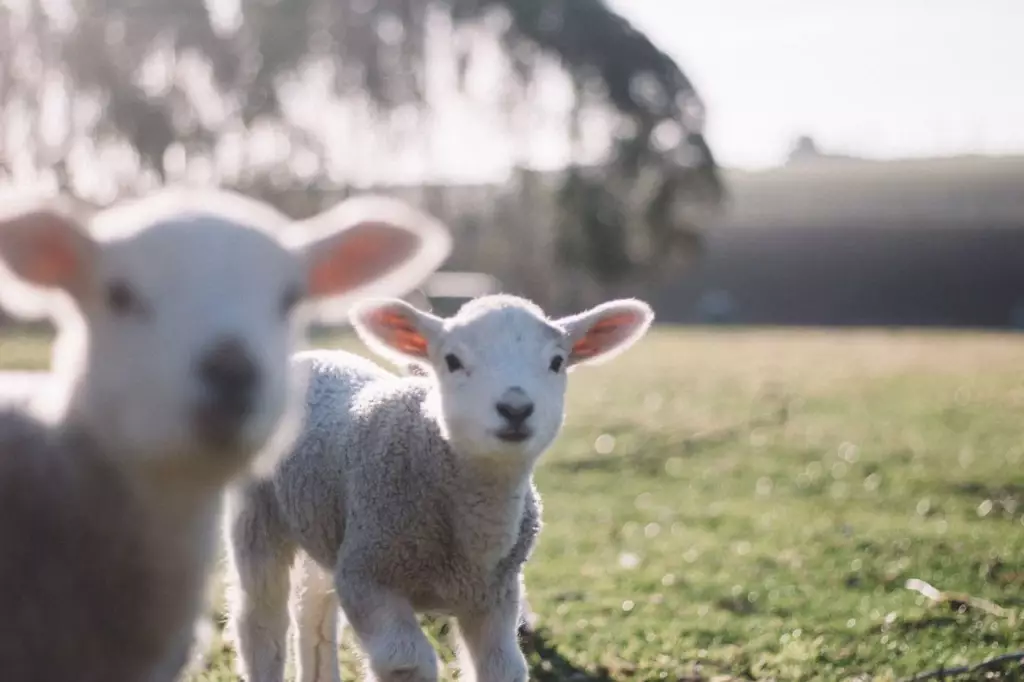What To Do With 3 Acres Of Land? (Don't Waste It)
You can already do a lot with just an acre of land. Surely, you have more options if your land is at least 3 acres, although it still has a few more restrictions than it would have if it were larger. In this article, we’ll look at a few things you can do with 3 acres of land without wasting space on it.
To maximize your 3-acre land, you can build a homestead comprising of the following: a garden where you can grow crops; poultry to raise chickens or turkeys; a fence to house pigs or other small grazing animals; one or two beehives to encourage pollination; and/or a small greenhouse.
Keep in mind, however, that although the above-mentioned things are possible on a 3-acre land, it has limits and restrictions. It’s best to be knowledgeable about your local ordinances, especially what animals are allowed in such a limited space. To know what can be further done on a small piece of land and what its limits are in case you plan to purchase one, read below.
Summary
- A 3-acre plot of land can be used for the following: building a garden of cash crops, raising poultry and small farm animals, setting up a beehive to produce honey and encourage pollination, or organizing a small greenhouse to protect crops.
- Although big enough to hold crops and animals, a 3-acre homestead is still not big enough to plant many surrounding trees, build hoop houses, or house both hives and greenhouse farms.
- A careful selection of which poultry and livestock animals should come together on 3-acre farmland must be considered.

Setting Up a Homestead on 3 Acres of Land
Three acres of land is the perfect size to build a small homestead. A homestead is a house and the surrounding land owned by a family, which are often used to plant crops or raise animals. Should you want to break away from the grid, a little 3-acre homestead may just be right for you.
With a small house and 3 acres of land where you can grow your own crops and raise meat for your own food, sustainable living can be achieved. Especially if your location can allow you to set up solar power, a wind turbine, and a rainwater collector tank, then you’re all set up on your own!
But if you plan to make this homestead something profitable, you can do so by following this list below, which you may apply to your 3 acres of land to fully maximize its potential and make every space worth it:
Produce raw products out of gardening and beekeeping
Raw products can be anything like crops, flowers, and honey. Anything that is sold and produced as it is falls under raw products. You can allot a large portion of your 3-acre land to grow high-yielding, profitable crops or cultivate cash crops like cotton, sugarcane, tea, sunflower, herbs and spices, and medicinal plants.
Keep in mind, however, that although cash crops can gain high profits, some knowledge of their suitability to your location’s climate is needed. Know more about which cash crops can highly likely grow in your area.

To help increase your crop production, it’s important that you also introduce pollinators to your area. You can do this by allocating space for even just one beehive. You can sell the honey as a raw product and gain a profit. Just one healthy and maintained beehive can produce 25 to 50 pounds of honey surplus per year.
If you have space for cash crops and one or two beehives, you should also make space for a few flower species on your 3-acre land to get your bees pumped with nectar. Grow and sell unique, local, or specialized flowers at a farmer’s market, such as lavender. You could market it to local flower shops that sell bouquets or floral arrangements, either fresh or dried.
You may also want to consider flowers that appeal most to bees and help them with honey production.
Raise chicken poultry and small livestock animals
Three acres of land will not guarantee you a full-scale dairy farm, but it can give you less limited options as compared to a 1-acre homestead. Livestock is a great source of raw products and refinable products as well, but make sure you’re not overdoing it by purchasing animals without knowing local regulations and/or purchasing many of one type and jampacking them in a small area.
For a 3-acre homestead, the best options can be chickens, turkeys, ducks, goats, sheep, or pigs. Be careful, however, when raising livestock and poultry together, and take note of which animals can be combined on your land.
Animals that can be successfully raised together in your small area are ruminants (cattle, sheep, goats) and poultry, pigs and poultry, mixed ruminants, and mixed poultry. But if you’re a beginner, it’s highly suggested that you first try raising ruminants and poultry together, such as sheep and chickens or goats and chickens.

A 3-acre plot of land can only accommodate at least 1 to 2 species of poultry and 1 ruminant species. Building a non-bulky coop for your poultry must also be considered and allow a slightly spacious area for the ruminants' roaming, so it’s important to keep their numbers low.
With a few chickens, you may already have a good supply of fresh eggs and meat. With goats, you can try profiting from goat milk. Pigs are a good source of meat and are very profitable in the market.
A 3-acre homestead is small but can be very profitable if space is maximized well. The key to successfully sustaining small land is flexibility in the management of how the land is being used and maintained, either with crops or with animals.
Limitations Of a 3-Acre Land
While a 3-acre plot of land is big enough to hold a few farm animals and a large enough garden with pollinators included, it’s not enough to include planting plenty of tree species. You can try planting one or two trees, but the odds of them overshadowing the garden with crops are high because of the tight space.
Cows are also not a good choice for a 3-acre land since a 1 cow: 1 acre rule of thumb has been established by the law. Setting up more than two beehives is also not appropriate on a 3-acre property. Although allowable, it may cause complications within your bee colonies as they will be competing for nectar sources in your limited-spaced garden.
You may also be able to build a small greenhouse on a 3-acre homestead if you want to grow crops out of season or offer protection to seedlings against unfavorable weather, pests, and diseases. However, the disadvantage of building a greenhouse is that it will take up space, and taking up space for something else will mean losing space for another purpose.
At Lola’s farm, owned by a couple who purchased a 3-acre farm in the mountains of Panama, they were able to build a sustainable farm with a water pump, solar panels, and wind turbines. They raised four goats and just three egg-laying chickens set up in fences and coops.
The couple also planted kale, cabbage, and broccoli in their small garden space. They built a home workshop area run by solar power. They also have a greenhouse where they control the temperature to grow crops such as tomatoes that are produced all year round.
One noticeable feature, however, is the lack of a beehive on the land, as well as flowers. This may be due to the space consumed by building the greenhouse.
In a 3-acre homestead tour, a man was able to house four pigs, house three different chicken groups, be able to set up one honeybee hive in the middle of the farm, fill his garden with cucumbers, tomatoes, squash, green beans, zucchini, and peppers, and plant sunflowers and elderberries as well.
In this example, there is no hoop house or greenhouse, because a beehive is present. From these examples, we can conclude that a 3-acre plot of land is big enough for either crops or small farm animals, but is limited to holding both a beehive and a greenhouse farm. Only one can be chosen, depending on which suits your small farm's needs.

